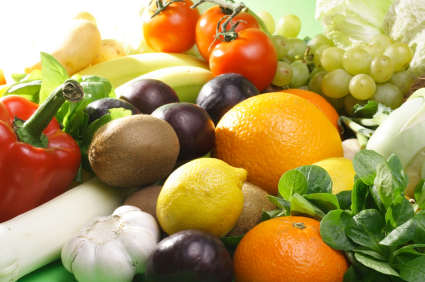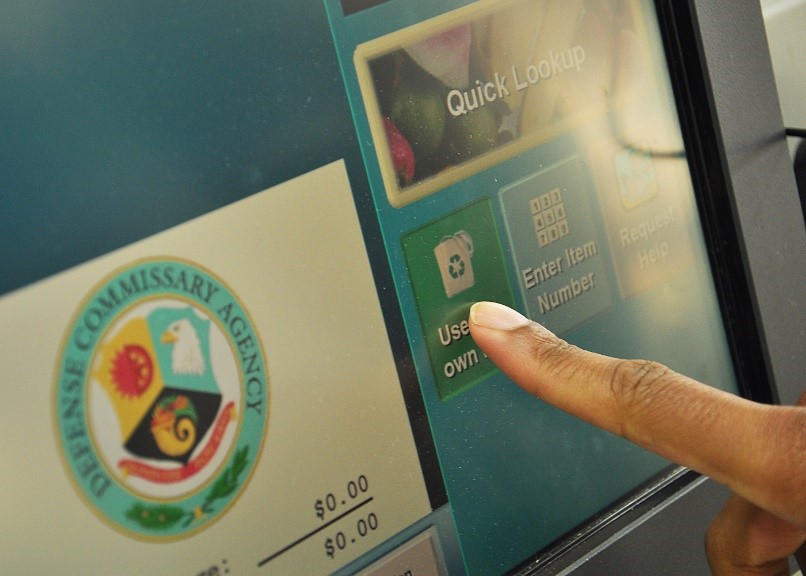By Angela Bates a Recent ASU Student
Environmental concerns have been making headlines and within all the information about how and why the world is in trouble, there seems to be a lack of information on how we can help by changing how we eat. Sustainable nutrition does not just look at the climate change related to food, but also land use, water use, energy and fossil fuel use, and social impact. You do not have to give up meat or eat strictly organic to help the earth. Simply changing a few things, which may help your health and wallet as well, can make an impact.
- Eat Locally & In Season
What better way is there to support Arizona’s farms and ranches than by eating locally? One of the biggest contributors to carbon emissions is transportation of food. Whether that’s the grass-fed beef from New Zealand in the freezer or the orange juice from Florida, transporting grocery items takes a lot of fuel, time, and money, but stopping by a local farm takes just a few minutes. Arizona grows a lot of crops all year round and many local farmers would love the business. Here are handy calendars showing what’s in season year-round: https://blog.fillyourplate.org/a-state-of-boutiful-harvest-all-year-round/

- Use Reusable Bags
Cities and states across America are banning plastic shopping bags and straws. Other countries in the world have been banning these things as well. This has, of course, upset some, but what kind of impact can switch from plastic bags at the store do for the environment? Reducing single-use plastic usage in the first place prevents strain on landfills and waste management. Ireland noticed that much of the litter in the country was from plastic shopping bags, and since their plastic bag tax, they’ve reduced plastic bag consumption by 90 percent. This tax has also raised $9.6 million towards environmental projects.
Plastic bags are often found drifting into rivers, forests, and oceans where wildlife can be harmed. The EPA states that every piece of plastic ever made still exists, due to its durability. Plastic is produced from cellulose, coal, crude oil, natural gas, and salt. That’s a lot of fossil fuels in one grocery bag.

When looking for reusable grocery bags, you may want to think about getting some that fold up to put in your purse or glove compartment, so you always have them ready. Another nice feature is a smooth, easy-to-clean interior, especially for meats. Using smaller, washable cotton mesh bags for loose produce can help in the store and are very affordable and easy to DIY. Some reusable grocery and produce bags are even made from recycled water bottles and other plastics, giving new life to our waste. Make sure you keep your reusable bags clean by washing as directed to prevent foodborne illness. By getting a few sturdy reusable bags and cleaning them often, you can make things easier on yourself and the environment.
- Reduce Food Waste in Your Home
If you clean out your freezer, there may be something you haven’t seen in a year. That’s right, we’ve all forgotten about food we purchased with all the right intentions of using it for a meal. The Dairy Council of California says that 34 million tons of food waste is generated by Americans in one year. That’s almost half the food we have in our homes. We can prevent this with a few tips to prevent wasting food and its packaging, but also your hard-earned money.
The first line of defense against food waste is how you shop. Go to the store with recipes in mind and a list of the ingredients you will need. Don’t buy extra unless you are buying in bulk and can store the items properly until they are used. A new revolution has begun in food where ugly produce is being saved from destruction. Grocery stores only want the best-looking apples. No one will buy the apples with scars or abnormal growth, or will they? Many new companies are now even delivering ugly fruits and vegetables to your front door at discounted prices. This means you get produce for way less than the store charges while also rescuing “ugly” food, which is just as nutritious as the beautiful food. Here is a directory that has been started for these companies, but many are not listed yet: http://www.endfoodwaste.org/the-uf-v-home-delivery-directory.html

When you create leftovers from dinner, don’t eat lunch out the next day or the leftovers may be doomed to be forgotten until it’s too late. Use a dry-erase marker on your glassware to mark the date just in case. On the same note, be sure you store your food properly. Did you know that oranges are supposed to be stored at room temperature, but apples are supposed to go in the fridge? These are important to ensure your foods do not go to waste because of premature rotting. Another important food safety note, getting a refrigerator thermometer is a great idea to make sure meats are stored at safe temperatures.
Use the first in last out principle when putting food away so older food doesn’t get pushed out of sight and remember that sell-by and expiration dates are just manufacturer or producer suggestions to guarantee the quality, but that does not necessarily mean they are unsafe one day after the date. Use your senses to determine if something is still edible and always cook to a safe temperature. If you feel you throw away a lot of food, make a list so you can keep track of what is being wasted, but if you know ahead of time you purchased too much, a local food bank is sure to appreciate your unexpired donations.
Small changes add up. Making sure your diet is sustainable can help you become healthier as you save money, support your local economy, and maybe even save the world—one day at a time.
Looking for more recipes? Check out the Fill Your Plate recipe section. If you liked this article, then you will love the Fill Your Plate blog.

